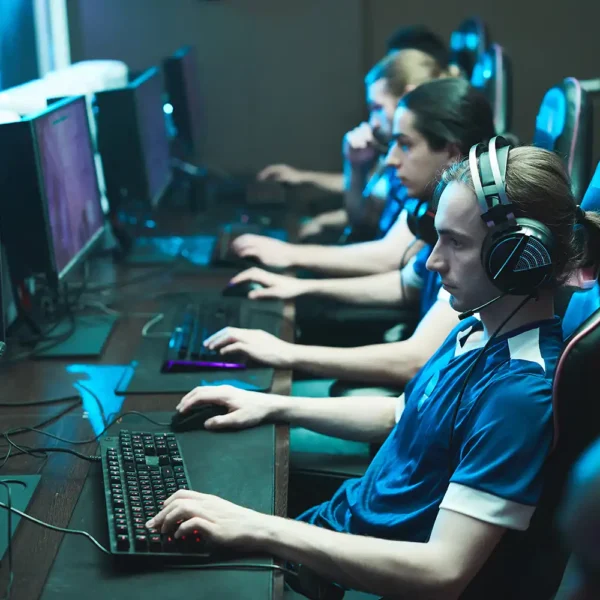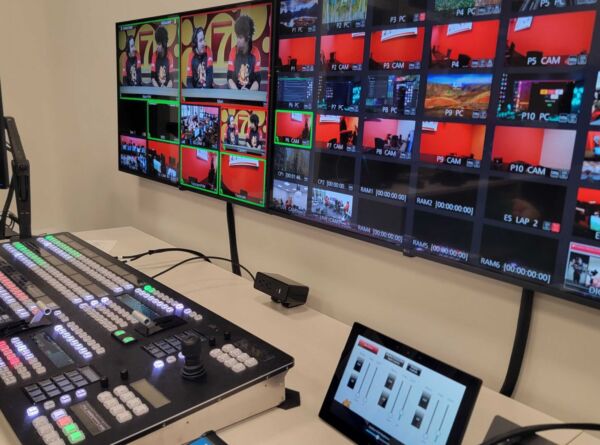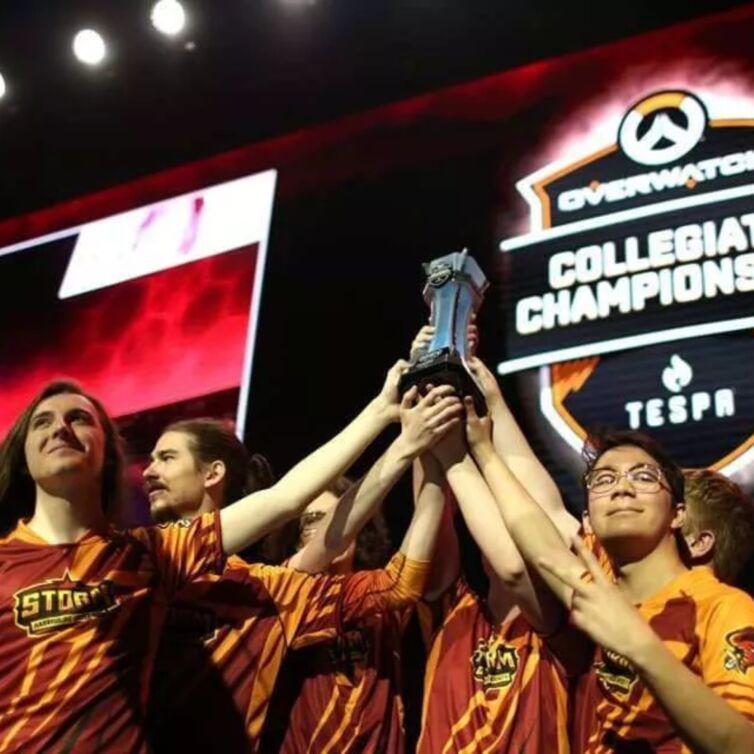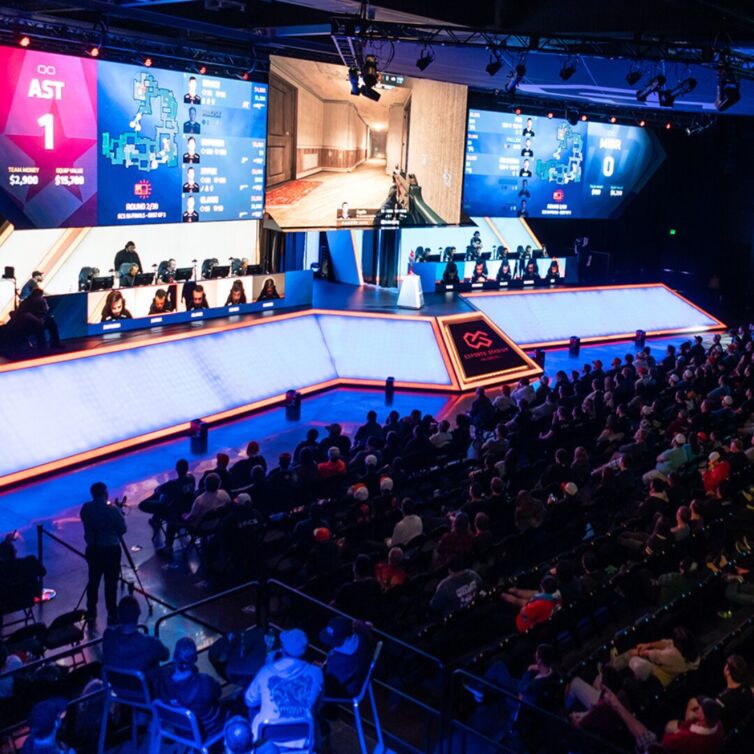Exploring the Rapid Rise of eSports in Higher Education
The Growth of a Unique Sport | February 18, 2025
In the early 2000s, official esports programs within universities were almost unheard of.
For the most part, students would play with their friends in self-made clubs and casual tournaments, but forming a legitimate eSports team was not yet the norm.
That was until Robert Morris University became the first university to form an official eSports team in 2014. With this, they offered scholarships for prospective team members, surprising many and catching the attention of both gamers and those outside the video game world.
Fast forward to today and it’s hard to find a university that doesn’t offer an eSports club at the very least.
Scholarships for eSports team members are common at colleges that prioritize their program, and the players aren’t the only ones benefiting from this trend.
Spectators gather at eSports arenas, labs, lounges, or venues to watch matches and practices and to simply hang out with friends with similar interests.
There are even full-time eSports directing or coaching roles at many universities today, giving working adults the ability to make a living from working in eSports. While witnessing this rapid growth, many are wondering what exactly caused this spike in popularity.
One of the biggest factors that have driven the success of higher education eSports programs has been the gaming venues and the environment they create. These spaces implement immersive and unique technology which makes for a setting like no other on campuses.
Broadcasting and streaming options immerse spectators in the gameplay, and school spirited colored lights, logos, and displays create a sense of pride in participating students.
When designing the technology required for these gaming venues, it’s important to understand the needs and challenges that competitive gamers face during practices and matches. It’s easy to focus on the wrong features if you’re not familiar with the eSports world.
Coverage on major sports networks like ESPN has boosted the popularity of the competitive gaming world as well.
Students deeply invested in eSports now have figures to look up to on major streaming platforms and even on television, adding a ton of excitement to the sport and its participants.
Many eSports arenas try to play off of this excitement by including broadcasting and announcing components to their venues which often gives spectators and gamers a more competitive, high-stakes feel while competing.
eSports arenas give many students a sense of community on campus. Students interested in gaming may come to these spaces between or after classes to hang out with other gamers and watch or play games as well.
Many of these venues include options for more casual gameplay as well, allowing amateur gamers to be involved when they visit. These spaces also give more introverted students a chance to open up and meet new students through their love of gaming.
This keeps a variety of students with different backgrounds and interests coming back consistently, driving the growth of arenas on campuses.
The popularity of eSports venues grows so much on some campuses that there is a need for a larger space for events and matches after some time. The sport is unique and hasn’t come close to reaching its full potential yet. It’s exciting to watch how far it’s come and how much bigger it will grow going forward.
For more of our insights on eSports checkout our article eSports Arenas: A Space for Everyone.






